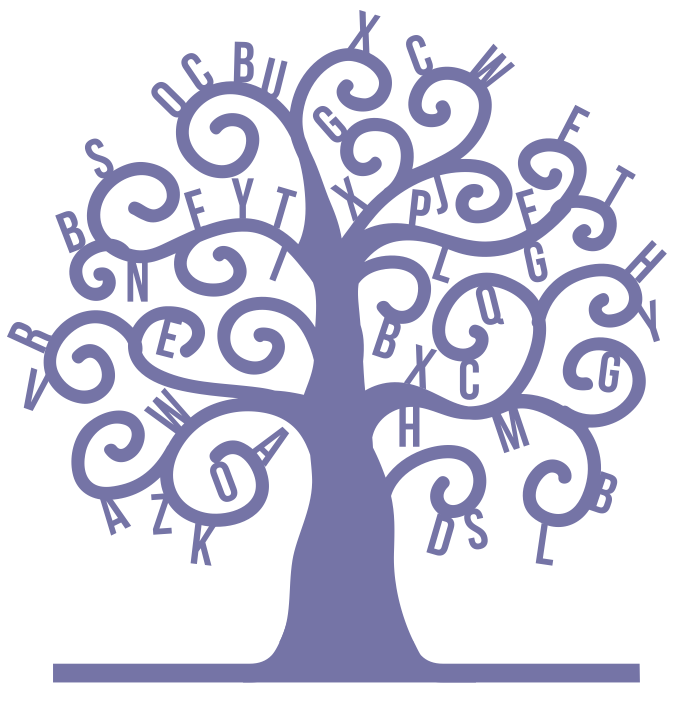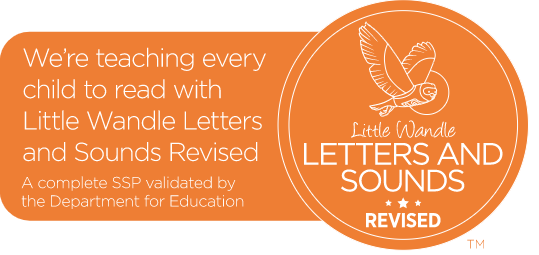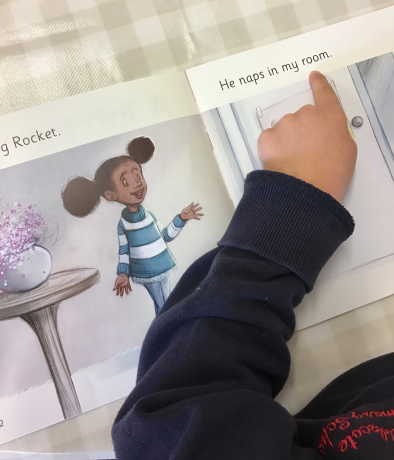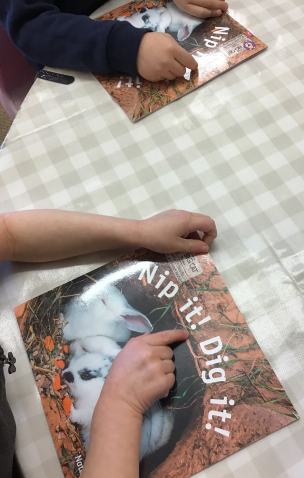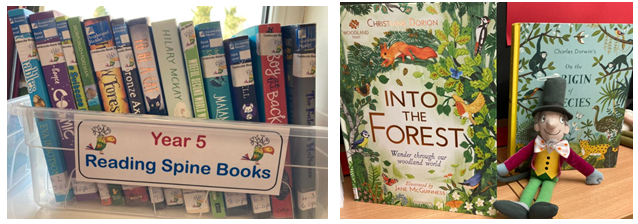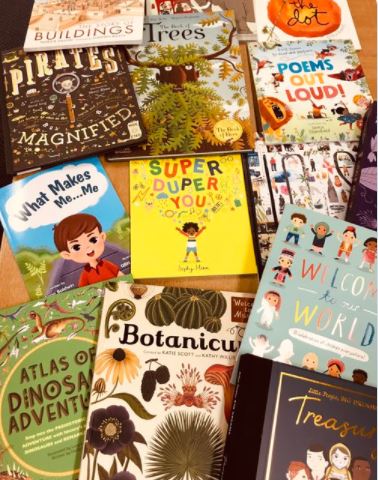Reading
What is our aim?
At Caldecote, we aim to create independent, confident and fluent readers who have proficient language skills that can be used across the curriculum.
We continually use reading as the stimulus for all areas of the curriculum therefore it is crucial that our pupils are able to access the written word using skills such as decoding, inferring and comprehending.
As Caldecote pupils progress, they will become increasingly fluent in the fundamentals of reading such as
- Fluency: this is the number of words read correctly per minute. Accuracy as well as speed influences fluency. It is not just about the speed at which a child reads.
- Decoding: reading unfamiliar words (words that have not been read before) by saying the sounds corresponding to the letters in the words and then blending the sounds together, either aloud or silently
- Comprehension: this not only refers to reading itself but also to the way in which we make sense of words, sentences and the wider language we hear or read.
- Enjoyment and confidence: children will become lifelong readers because it is a useful and pleasurable thing to do
How we teach reading in school.
Early Reading – Phonics in Years Reception & Year 1
The beginning of the reading journey for a Caldecote pupil is learning to read using a systematic synthetic phonics programme. We believe that all our pupils can become fluent readers and writers. This is why we teach reading through Little Wandle Letters and Sounds Revised, We start teaching phonics in Reception (Red Class) and follow the progression into Year 1 (Blue Class). In Year 2 (Yellow Class) we may need to continue following Little Wandle for some children who are not yet secure with their phonics. Fidelity to the programme ensures pupils build on their growing knowledge of the alphabetic code, mastering phonics to read and spell as they move through school.
As a result, all our pupils are able to tackle any unfamiliar words as they read. We also model the application of the alphabetic code through phonics in shared reading and writing, both inside and outside the phonics lesson and across the curriculum. We have a strong focus on language development for our pupils because we know that speaking and listening are crucial skills for reading and writing in all subjects.
https://www.littlewandlelettersandsounds.org.uk/resources/for-parents/
Reception & Year 1 Reading at home
Pupils in Red and Blue class will read decodable books carefully matched to their phonic knowledge. The pupils will take these books home to read with their families.
Alongside their decodable reading book (Big Cat Collins Book) pupils will also take home a sharing reading book (a story book or non-fiction book) of their choice. This book may be easily within their capability or beyond their phonic ability. It is to be read with or to them talked about to help promote a love of reading for pleasure.
Progression through Little Wandle Reading Books
As with the colour banded books, Little Wandle readers follow a sequence. Each reading book is levelled. This is identified in the table below.
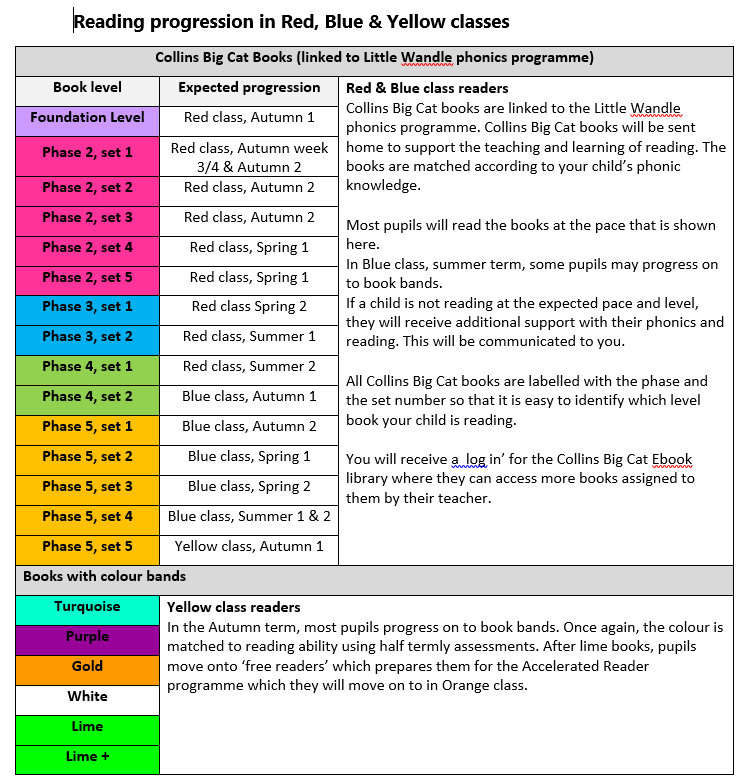
Reading in Year 2
The majority of pupils in Year 2 (Yellow Class) will read books from our colour banded scheme and these will also be taken home to share with their families. The colour bands are Pink, Red, Yellow, Blue, Green, Orange, Turquoise, Purple, Gold, White, Lime, Silver, Sapphire and Magenta. Children who mastered the skills to become independent readers progress onto chapter books from the Yellow Class library.
Reading in Key Stage 2: Year 3 (Orange), Year 4 (Green), Year 5 (Purple) Year 6 (Silver)
As children move in to Key Stage 2 most children are independent readers and are ready to join the Accelerated Reading programme. The programme allows teachers to closely monitor how often children are reading (both within school and at home), the quality and range of texts pupils are choosing and their understanding of what they have read. Weekly reports enable us to closely monitor each individual child and to put support or guidance in at an early stage, when needed.
Parents have access to the system so both school and parents are able to keep track of the progress children are making. Children have reading targets which they work towards and which are celebrated weekly in our Celebration Assembly. To further understand the certificate criteria please click on the link below which explain the different categories.
/_site/data/files/users/59/files/C7252AA37ACD6106664F45A57FB2F84F.pdf
Reading is also taught through:
- English lessons – teachers plan and teach lessons modelling examples of writing using texts from our book spine or other high quality fiction and non-fiction texts
- Guided Reading/Practice Reading sessions where teachers will support reading development. Throughout all these sessions, teachers are carefully assessing each child’s progress to ensure there is a good balance between challenge and consolidation
- Individual / paired reading e.g. reading 1:1 with an adult or with a buddy
- Daily reading time when the teacher/staff read the class book to the pupils
- Caldecote Reading Spine (link below) which sets out class sets of books which we actively encourage pupils to read. We review their Reading Passports at the end of the year in a reading Celebration and we adjust our spine so it stays relevant and encourages all our pupils to develop a love of reading. It has fiction, poetry and non-fiction and celebrates a range of themes and cultural diversity
We are proud of our Caldecote Reading Spine which sets out class sets of books which we actively encourage pupils to read. We will be reviewing their Reading Passports at the end of the year in a reading celebration and making adjustments to our spine so it stays relevant and encourages all our pupils to develop a love of reading.
Reading Record Books:
Reception, Year 1 & Year 2
Each child has a reading record which records the books that they have been reading at home. This is brought into school daily. Teachers will check these once a week to see which books they have been reading and sharing.
Years 3, 4, 5 & 6
Children are responsible for maintaining their reading records and recording the books read and their scores on the AR system. Teachers will periodically check these when they discuss reading choices with the children.
How do we ensure all pupils achieve in reading?
Reading at Caldecote Primary School is fully inclusive, and we believe that all pupils are entitled to have access to a broad and balanced reading curriculum. Each day, pupils are tracked in reading sessions using our Caldecote reading curriculum objectives. Consequently, some pupils might have reading ‘catch-up’ to help comprehend the text they have been reading, practise decoding or prosody skills or have pre-reading to help with the next session.
However, for some pupils with special educational needs and disabilities (SEND) additional or different support is needed for them to successfully access the reading curriculum. Pupils with SEND will have a support plan or EHCP which sets out the provision they need, for example small group or 1:1 sessions or pre teaching.
Wider Opportunities
Caldecote Primary School rightly, places a high emphasis on teaching reading skills. It is important that these skills are underpinned by modelling enjoyment from reading a book. This is celebrated in many ways:
- Daily reading session with the teacher reading to the class.
- Activities based around a text linked to another area of the curriculum. E.g mental health, science, the environment or based on one of the Caldecote Reading Spine books.
- Celebrating reading achievements in our Friday celebration assembly.
- World Book Day when the school community gets to celebrate children’s literature.
- A half-term poetry recital. A class performs a learnt poem to the school. (You can listen to the latest poem by clicking on the attachment below)
How do we assess your child’s reading progress and attainment?
Assessment in reading is used to inform teaching in a continuous daily, weekly and longer term cycle of planning, teaching and assessment. Observations and assessments are made every lesson. Catch up and pre teaching occur as a result of daily assessments. Teacher’s day-to-day lesson planning is informed by this constant checking of children’s understanding.
All children are also more formally assessed in reading in line with our assessment schedule every term and test outcomes alongside teacher judgements are used to track attainment and progress of individuals, whole classes and the whole school.
At the end of Year 2 and Year 6, children will take Statutory Assessment Tests (SATs) which consist of two reading papers.
We formally report reading attainment, effort and attitudes to learning to parents three times per year. We provide two written reports which are shared and discussed at parents’ consultations in the autumn and spring terms. In summer term we provide an annual written report.
How can you help at home?
Some suggestions to develop the ‘reading habit’:
- Schedule a regular time for reading – perhaps when you get home from school or just before bed
- Find a quiet place away from other interruptions
- Help and support your child if they get stuck on any words. Encourage them to work it out by:
- Sounding out the phoneme or blending phonemes
- Using the context of the sentence to work it out
- Asking “What would fit sensibly?”
- Rereading to check for meaning
- Using any picture clues
- When they are more able, seeing if they can recognise any ‘smaller’ words in a longer word to help them e.g. carpenter
- Visit the library as often as possible (e.g. Cambourne or central Cambridge)
- Look for books on topics that you know your child is interested in – maybe dragons, insects, cookery or a certain sport
- Make sure that children’s books are easily accessible in different rooms around your home
- ‘Model’ reading for your child i.e. try to sit down and read regularly (a magazine, newspaper, book, etc.) or read alongside them
- Even when your child becomes an independent reader, sharing bedtime stories will enable your child to enjoy literature, extend their vocabulary and comprehension of stories. All primary aged children love listening to stories – never think they have ‘grown out of it’.
